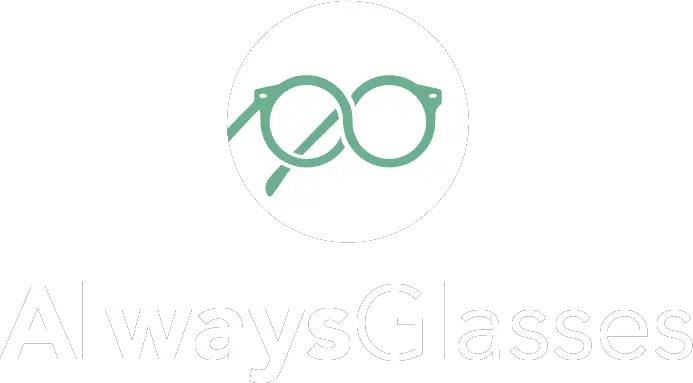Recovering from Botox treatments, whether for reducing migraines or getting rid of fine lines and wrinkles, usually takes around two weeks. There are several things to stay away from after a Botox treatment, one of which is wearing glasses.
Doctors recommend waiting at least four hours after a Botox treatment before wearing your glasses. The only exceptions to this rule are if you need glasses to drive home or sign a document after treatment.
Can I Wear Glasses After Botox?
After receiving Botox treatments, your skin will be more tender than usual. You will also experience some swelling and bruising.
That means you need to avoid wearing certain things, including:
- Hats
- Helmets
- Goggles
- Glasses and sunglasses
It’s especially important to avoid wearing glasses or goggles if you receive Botox treatment around the eyes or to remove frown lines.
Wearing anything on your eyes or head, including glasses and hats, after a Botox treatment will place pressure on injection sites.
This does not allow the injection sites to heal correctly and can even displace the treatment.
Can I Wear Glasses to Drive After Botox?
If you need to wear your glasses to drive, it is best to have someone drive you home after your Botox treatment.
However, if you have no choice but to drive yourself, you can wear your glasses for a brief time to get home safely.
Be sure to remove your glasses as soon as you get back to your house, and avoid wearing anything on your face for at least four hours after.
What is Injection Site Migration?
Botox treatments migrating three centimeters or less from the injection site is normal.
However, if you lay on the injection site or wear glasses too soon after your Botox treatment, you may experience more significant injection site migration.
Injection site migration occurs when Botox treatment is displaced and pushed somewhere other than the intended treatment area. You will not be able to tell that you are experiencing injection site migration until four to seven days after your treatment.
If you do experience injection site migration, the good news is that the effects are temporary.
In most cases, migrated Botox will disappear after three to four months. Extreme cases can take up to six months to fade.
How Can I Tell if My Botox Has Migrated?
The number one way to tell if your Botox treatment has migrated when treating your forehead or frown lines is a drooping eyelid.
Botox can sometimes seep into the upper eyelid, paralyzing the muscle. You can lessen the effects by using Apraclonidine, a prescription eyedrop that helps with drooping.
Another sign of injection site migration is trouble swallowing. This can happen anywhere from two to 10 days after your treatment.
If this happens to you, be sure to take small bites of food and keep water handy at all times until the symptoms disappear.
This trouble swallowing usually goes away on its own, but it’s still important to let your physician know. They may give you a smaller dose of Botox during your next treatment.
How to Avoid Injection Site Migration
The easiest way to avoid injection site migration is to treat the injection site gently.
Avoid wearing glasses and sleeping directly on the injection site for at least four hours after your treatment.
You should also try to avoid strenuous activity. Exercise will increase your blood pressure, which can cause injection site migration.
Additionally, sweat can get into the injection sites and cause infection.
If you start to sweat, use a soft paper towel or a napkin to gently blot the area without pressing or rubbing it too harshly.
Alternatives to Wearing Glasses After Botox
If you wear glasses every day, you know how frustrating it can be when you can’t see correctly — even for just a few hours.
Luckily, there are a few things you can do instead of wearing glasses to be more comfortable as you recover. These include:
- Trade your glasses for contact lenses
- Wearing a loose-fitting hat to shade your eyes
- Have your doctor read the forms you need to sign out loud
- Have someone drive you to and from your Botox appointment
Wearing glasses after Botox increases your risk of injection site migration. Follow the tips above to keep up with your normal routine as you recover.





